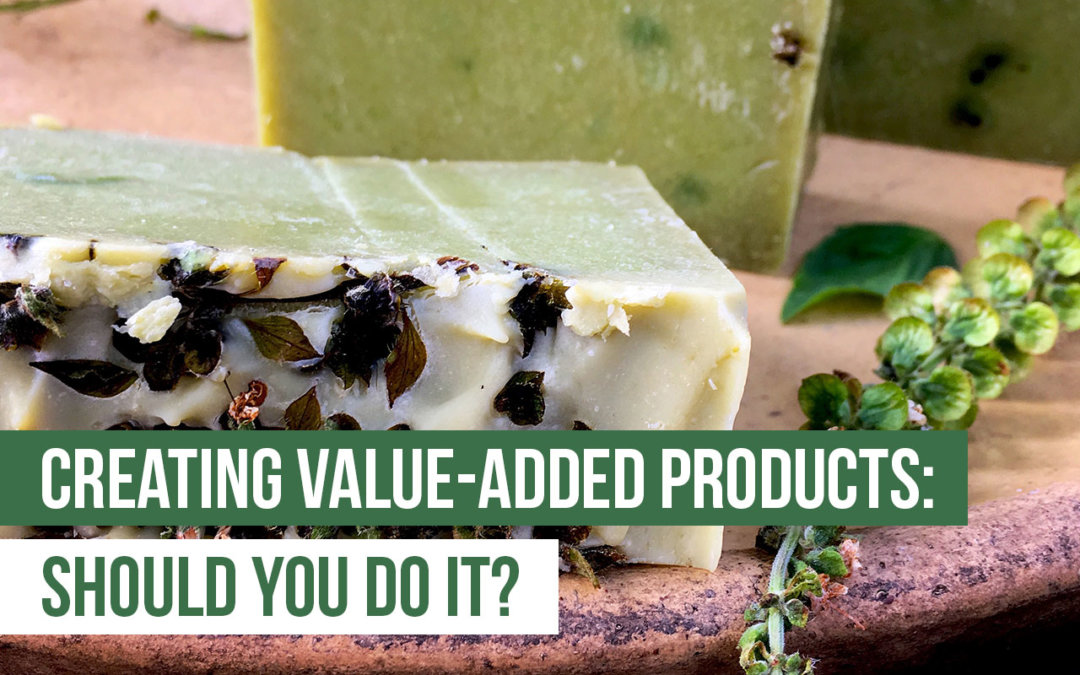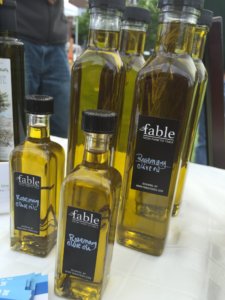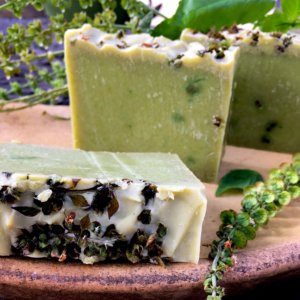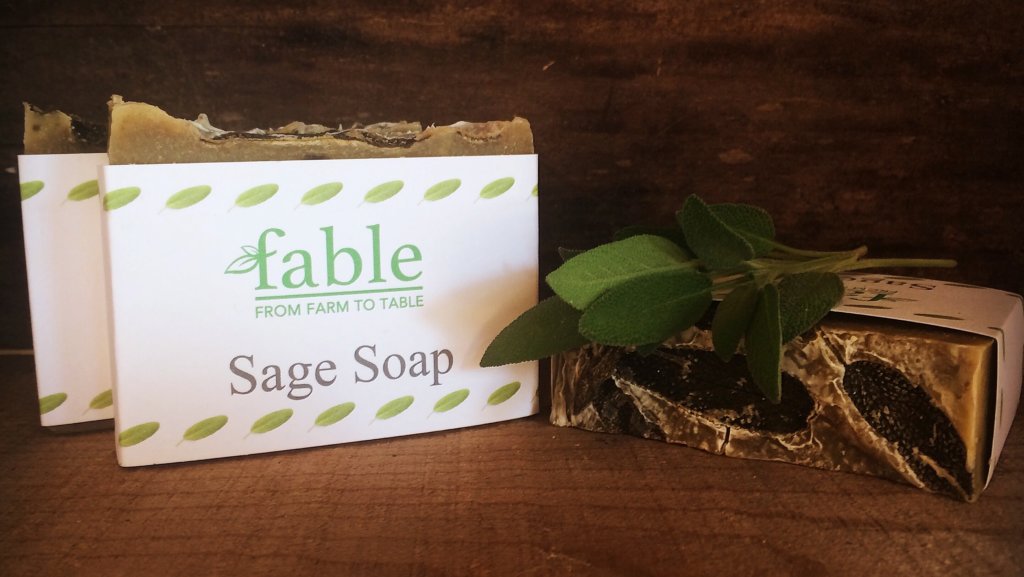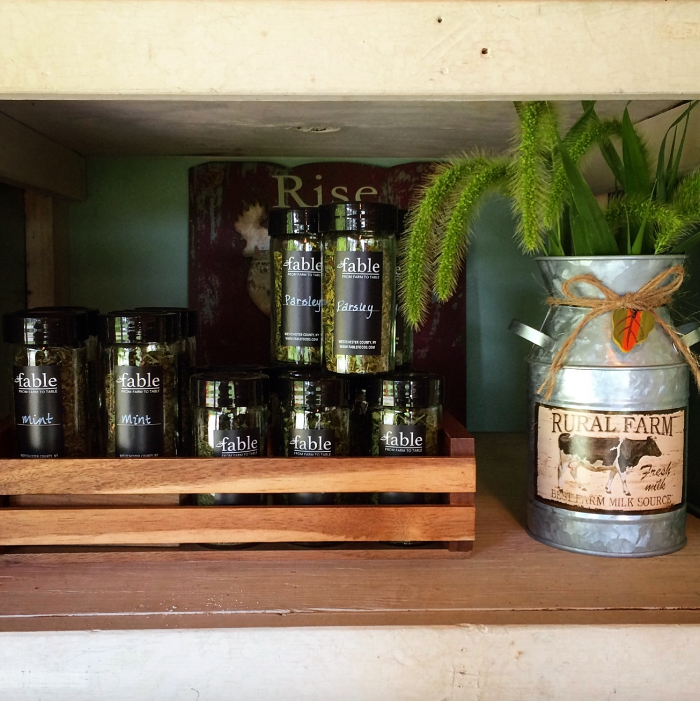Selling value-added products can be a great way for traditional farmers to improve their profitability. In the case of hydroponic and aquaponically grown produce, the product already has increased value. It probably already has a better flavor, texture, visual appeal, and it lasts longer on the shelf than the average packaged stuff at the grocery store.
What do I mean by value-added products?
Value-added means that your farm’s produce goes through a series of processes and becomes part of something else. I mean flavoring olive oil, making pesto with your tasty basil, hand making soaps with potent herbs, putting together salads or selling dried herbs. Well, that sounds great! Why wouldn’t someone want a pre-made salad with a base of locally grown, delicious, hydroponic arugula?
Let’s start by looking objectively at the good and the bad of value-added products. We’ll focus on the facts.
The pros
Creating value-added products with the greens and herbs you’ve grown can widen your market. How? Maybe the older woman who would usually walk to the other side of the market doesn’t need to anymore because you have the herby soap she looks for. Or, instead of just selling at the Farmers’ Market, you have an opportunity to sell your goods at the local craft fair as well.
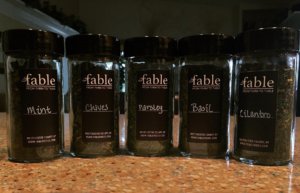
Jars of herbs from Tom Deacon’s farm, Fable: From Farm to Table.
Selling value-added products increases the variety of goods that you have available. Maybe the mom pushing a stroller with two kids in it who wants your fresh lettuce also wants pesto. Now, she can buy both at your stand instead of pushing her kids to the other side of the market like she’s had to do before.
You can also sell things to people who wouldn’t usually stop at your stand at all. For example, some people go to the farmers’ market just to eat some food rather than shop for groceries. In this case, if you sell salads, they’re more likely to stop in and buy a salad to eat right then and there if you have them available.
The cons
Because there is extra production involved with value-added products, labor and costs are higher. You are no longer simply harvesting your produce and bringing it to market; you must take the time to find all of the ingredients, process the produce in some way, and find appropriate packaging. This also means adding supply chain steps. Where will you get the additional packaging or containers? Is that packaging guaranteed to be safe? What other ingredients do you need to buy? With the addition of these extra steps, you also need to be much more careful about contamination and food safety.
For this reason, there are laws and licensing requirements involved with home food production. At a small scale, states have cottage food laws, which allow producers to use their homes for limited food production such as baking, cooking, or canning. These laws only apply, however, to low-risk foods and do not excuse growers and food producers from following food safety guidelines. As long as you have control over the production, and you are careful and vigilant, these laws may help you make value-added sales. But as soon as you begin to scale and hire employees, you should consider setting aside a separate area for a licensed kitchen or production area. Be sure to check the laws for the state you live in as they differ widely.
Should you do it?
Each market is different. Each farm is different. Before you consider selling value-added products, you need to make sure that the value of your produce won’t go down, and that you have the market to sell those items. We recommend starting by gaining loyalty from your customers around your raw produce first, then transitioning into value-added products if your market demands them and if you have done your research. This way, your customers understand the premium value of your raw produce and will perceive your value-added goods to be premium as well. If you do it right and take all the necessary precautions, you can be successful and even profitable.
Take a look at Tom Deacon’s shop, The Farmstand at Fable, where he sells value-added products from his farm Fable: From Farm to Table and has had great success.
“One tip I have for farmers is to check with their local state and county offices about the specific rules and regulations regarding value-added products before they start growing.
I would also suggest paying attention to packaging and labeling. Aside from abiding by legal requirements, having good artwork, labeling, and packaging is key to attracting customers to purchasing your product.”
-Tom Deacon, Fable: From Farm to Table
Conclusion
Make sure that you don’t sell yourself short on the value of the produce you grow. Because your produce is local and hydroponically or aquaponically grown, you are already providing your customers with uniqueness. Make the decision carefully.

